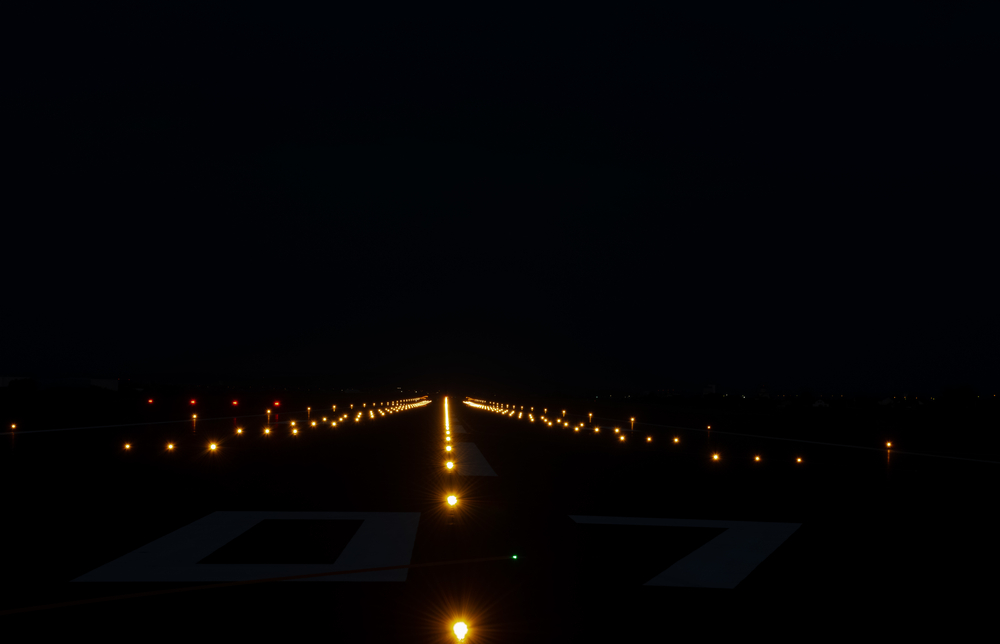On April 11, 2025, Teton County in Wyoming achieved a groundbreaking milestone by becoming the first county in the world to be certified as an International Dark Sky Community by Dark Sky International. This recognition underscores the county’s commitment to preserving its pristine night skies, which are among the darkest in the United States. The certification is the result of a decade-long effort involving local organizations, government entities, and community members who worked together to reduce light pollution and promote responsible outdoor lighting practices.
The Significance of Dark Sky Certification

The International Dark Sky Community designation is awarded to communities that show exceptional dedication to preserving the night sky. This includes implementing stringent lighting ordinances, running educational programs, and making continuous efforts to limit light pollution. Teton County’s certification is especially significant due to its expansive area of 10,920 square kilometers. Approximately 97 percent of the land is managed as public lands, including Yellowstone and Grand Teton national parks and several national forests. These areas provide natural darkness that is becoming increasingly rare in many parts of the world. The county’s success in meeting the high standards of the DarkSky program marks an important step for global conservation efforts.
Teton County’s commitment to night sky preservation enhances biodiversity, supports nocturnal wildlife, and benefits human health. Reduced light pollution improves sleep patterns, lowers energy consumption, and creates an opportunity for educational and recreational programs centered around astronomy. The designation is not merely symbolic. It brings tangible environmental, health, and economic benefits to the region, making it a model for others to follow.
Collaborative Efforts Leading to Certification
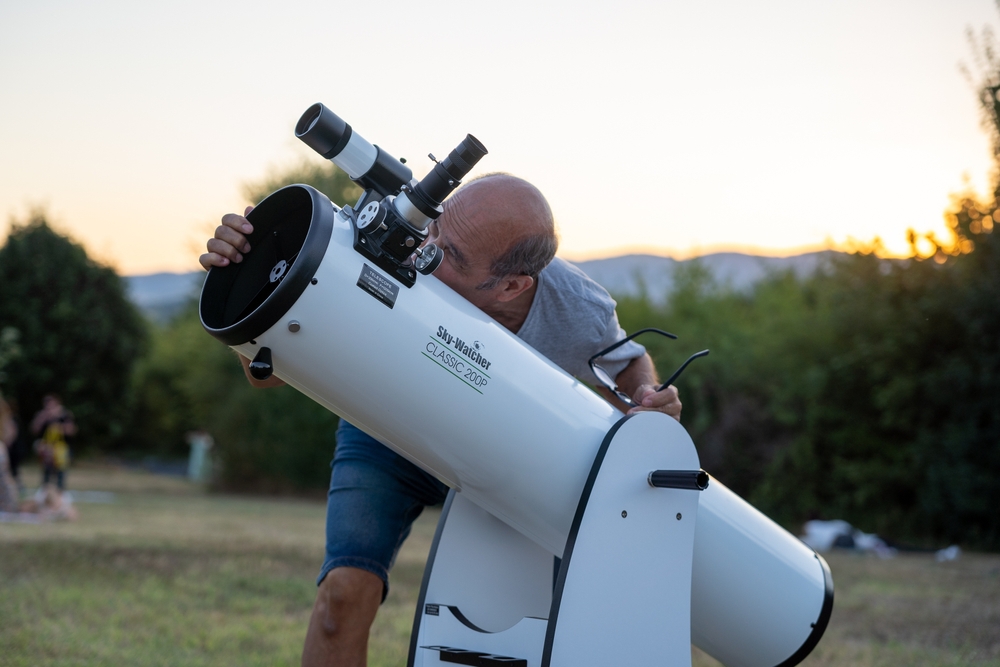
The journey to certification was led by Wyoming Stargazing, a nonprofit organization based in Jackson, Wyoming. Founded by Samuel Singer, the group has played a key role in educating the public about light pollution and encouraging the adoption of dark sky-friendly practices. They hosted public stargazing events, conducted lighting audits, and worked closely with city and county governments to revise existing lighting codes.
In 2022, with funding from the Community Foundation of Jackson Hole, Wyoming Stargazing carried out extensive exterior lighting inventories across Teton County, the Town of Jackson, and Grand Teton National Park. These assessments identified lighting fixtures that were out of compliance and provided the basis for updating local ordinances to align with DarkSky International’s recommendations. This collaborative work involved input from local residents, business owners, and environmental groups.
Community engagement was key. Public meetings, surveys, and workshops were held to inform residents and ensure their voices were heard. This participatory process helped smooth the path toward broad acceptance and compliance. The result was a set of enforceable, science-based policies that had the backing of the community they were designed to serve.
Implementation of Dark Sky-Friendly Practices

After identifying areas for improvement, Teton County and the Town of Jackson updated their exterior lighting standards. These new rules require fully shielded light fixtures, limit the color temperature of lights to 3000K or less, and include curfews for non-essential lighting. The use of motion sensors and timers is encouraged to further minimize light waste. All county-owned lighting must meet these standards, and a plan is in place to retrofit existing infrastructure by 2030.
The Jackson Hole Airport also took a leadership role. As the only commercial airport located inside a national park, it became the first airport worldwide to be designated as a Dark Sky Place. More than 250 lighting fixtures were updated to reduce skyglow. Additionally, staff received training on best practices, and new operational guidelines were put in place to minimize light emissions.
Private property owners were not left behind. Wyoming Stargazing created the Dark Sky Friendly Lighting Certification Program to help residents and businesses transition to compliant lighting. The program offers educational materials, financial incentives, and technical support. Property owners can receive recognition for their efforts, creating a sense of community pride and ownership.
Read More: The First Photos From Voyager Left Even NASA’s Experts Speechless
Educational Outreach and Community Involvement

Education has been central to the county’s dark sky initiative. Wyoming Stargazing and its partners have organized hundreds of events to raise awareness. These include school programs, public lectures, star parties, and guided nighttime hikes. The goal is to foster a culture that values natural darkness as a shared resource.
One successful campaign involved working with local hotels and rental property managers. Visitors are now greeted with information on how to enjoy the night sky responsibly. Lighting guidelines are shared, and many properties offer red-filtered flashlights to minimize disruption. These efforts enhance the visitor experience while supporting the county’s conservation goals.
Local schools have also integrated dark sky education into their science curricula. Students learn about astronomy, ecology, and human health in the context of light pollution. These lessons create long-term awareness and empower the next generation to advocate for sustainable practices.
Scientific and Environmental Benefits
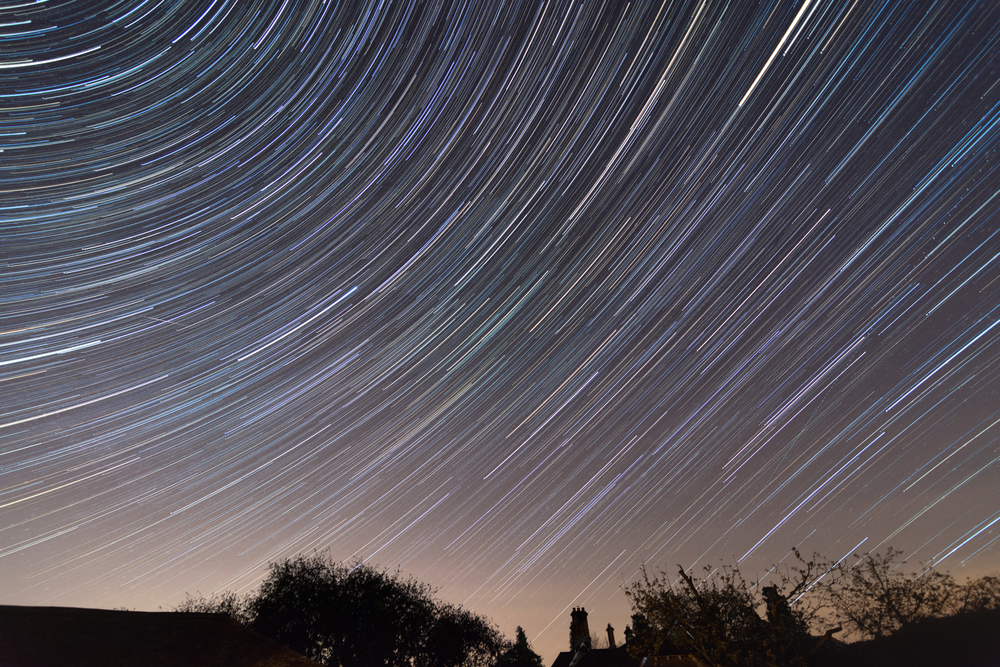
Preserving dark skies has numerous ecological advantages. Many species rely on natural darkness for navigation, reproduction, and foraging. Artificial light can disorient birds, sea turtles, and insects, disrupting entire ecosystems. By limiting unnecessary lighting, Teton County is protecting these species and maintaining the balance of its natural habitats.
Human health benefits are also significant. Exposure to artificial light at night interferes with melatonin production, disrupting sleep and increasing the risk of chronic conditions such as obesity, depression, and cardiovascular disease. Reducing light pollution supports healthier lifestyles and improves the overall well-being of the community.
The region’s minimal light pollution also creates ideal conditions for scientific research. Astronomers and environmental scientists can study the night sky and nocturnal ecosystems without interference. This opens doors for collaborations with universities and research institutions, further cementing Teton County’s role as a leader in environmental stewardship.
Economic and Tourism Opportunities
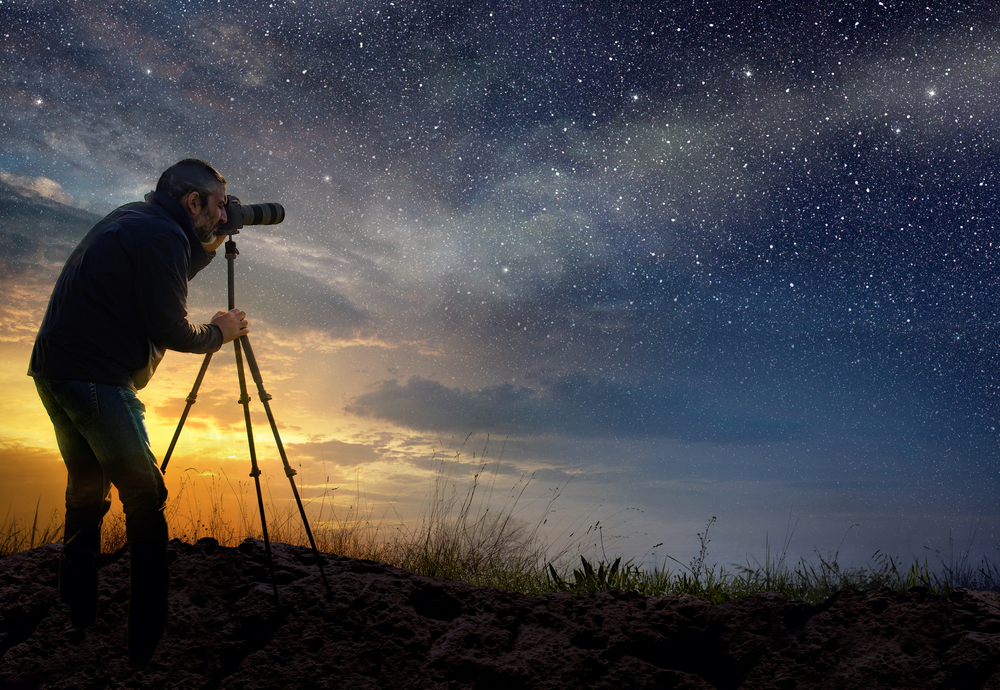
Dark sky tourism is an emerging niche with significant potential. Travelers are increasingly seeking experiences that connect them with nature, and stargazing is a growing attraction. Teton County now stands out as a premier destination for astro-tourists. Local businesses benefit from extended nighttime activities, and the county gains recognition as a place that balances development with conservation.
The designation also adds value to local properties. Homes and businesses that meet dark sky standards are often seen as more desirable. Energy savings from efficient lighting reduce utility costs, offering another incentive for participation. The county is already seeing economic returns in the form of increased tourism and improved community satisfaction.
Marketing campaigns highlight the region’s pristine skies, leveraging the Dark Sky designation in promotional materials. Guided stargazing tours, night photography workshops, and astronomy festivals are being planned to capitalize on the growing interest. These events create new revenue streams while reinforcing the importance of conservation.
Looking Ahead: The Path to a Dark Sky Reserve
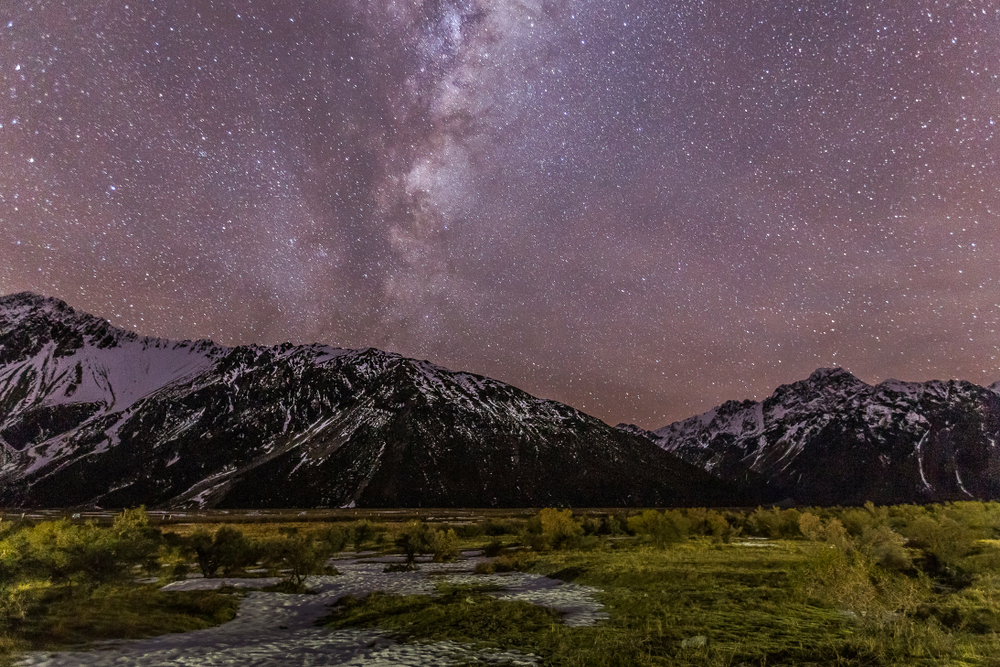
Building on this success, regional leaders are now exploring the creation of a larger Dark Sky Reserve that would span multiple states. The Greater Yellowstone Ecosystem, which includes portions of Wyoming, Montana, and Idaho, is a candidate for this designation. A reserve would offer even stronger protection for night skies and foster cooperation across state and federal agencies.
Teton County’s achievements have drawn interest from other jurisdictions. Officials from neighboring counties and even other countries have reached out for guidance. This peer-to-peer exchange could lead to the formation of a network of dark sky communities, each reinforcing the others and advancing the global movement.
Wyoming Stargazing and its partners are committed to maintaining momentum. Regular assessments, public updates, and ongoing education will ensure that dark sky principles remain a priority. As more stakeholders become involved, the project continues to evolve into a broader regional initiative with lasting impact.
Final Thought
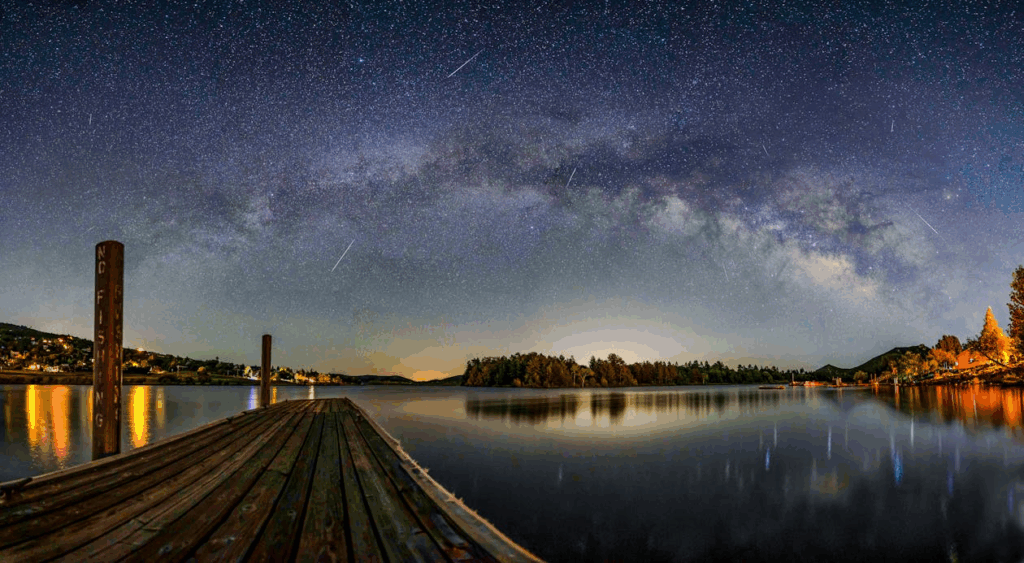
Teton County’s designation as the world’s first Dark Sky Certified County marks a turning point in efforts to reduce light pollution and preserve natural environments. This achievement reflects years of collaboration, careful planning, and strong community engagement. It highlights how local action can drive global change.
Through a combination of updated policies, public outreach, and scientific collaboration, Teton County has shown what is possible when a community commits to sustainability. The benefits are already visible in improved health, ecological resilience, and economic vitality. As others look to replicate this model, Teton County stands as a beacon of what it means to protect the night sky for future generations.
Read More: 32 Sci-Fi Worthy Alien Planets That Actually Exist
Disclaimer: This article was created with AI assistance and edited by a human for accuracy and clarity.
